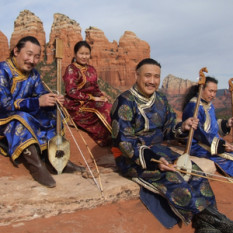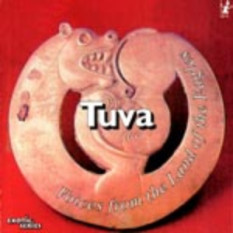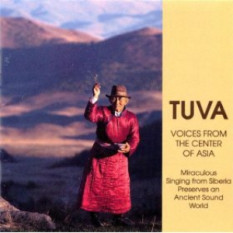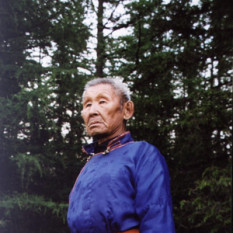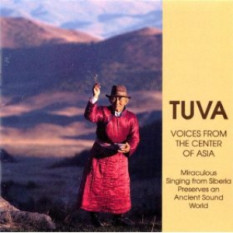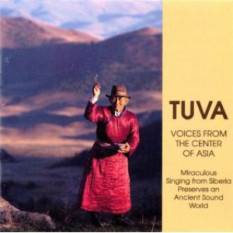Tuvan throat singing, also known as Khoomei, is a traditional style of singing from the Tuva region in southern Siberia, Russia. It is characterized by the simultaneous production of multiple pitches, also known as overtone singing or harmonics. This singing technique involves using the vocal tract, including the larynx, pharynx, and mouth, to produce a melody and a drone simultaneously.
The origins of Tuvan throat singing can be traced back to the nomadic herding cultures of the region, where it was used by herders to communicate over long distances and to connect with their spiritual beliefs. It was also used in traditional rituals and ceremonies, such as weddings and funerals, and in performances of epic poetry.
There are several different styles of Tuvan throat singing, each with its own unique characteristics. The most common styles include Khoomei, Sygyt, and Kargyraa. Khoomei is characterized by a low, deep, and harmonious drone that is produced by the singer's chest voice, while the melody is produced by the throat and mouth. Sygyt, on the other hand, is characterized by a higher-pitched and more nasal sound, produced by the singer's head voice. Kargyraa is characterized by a deep and powerful drone, produced by the singer's chest voice, and a sharp and piercing melody, produced by the throat.
Tuvan throat singing has seen a resurgence of interest in recent years, with many musicians and researchers studying and promoting the traditional style. Some notable practitioners of Tuvan throat singing include Kongar-ool Ondar, Albert Kuvezin, and Sainkho Namtchylak. In recent years, the tradition has been gaining popularity in the world music scene, which has helped to promote cultural understanding and awareness of the Tuvan people.
In conclusion, Tuvan throat singing is a traditional style of singing from the Tuva region in southern Siberia, Russia, characterized by the simultaneous production of multiple pitches. This singing technique is rooted in the nomadic herding cultures of the region, where it was used for communication, spiritual connection, and in traditional rituals. There are several different styles of Tuvan throat singing, each with its own unique characteristics and it has seen a resurgence of interest in recent years, with many musicians and researchers studying and promoting the traditional style. .

